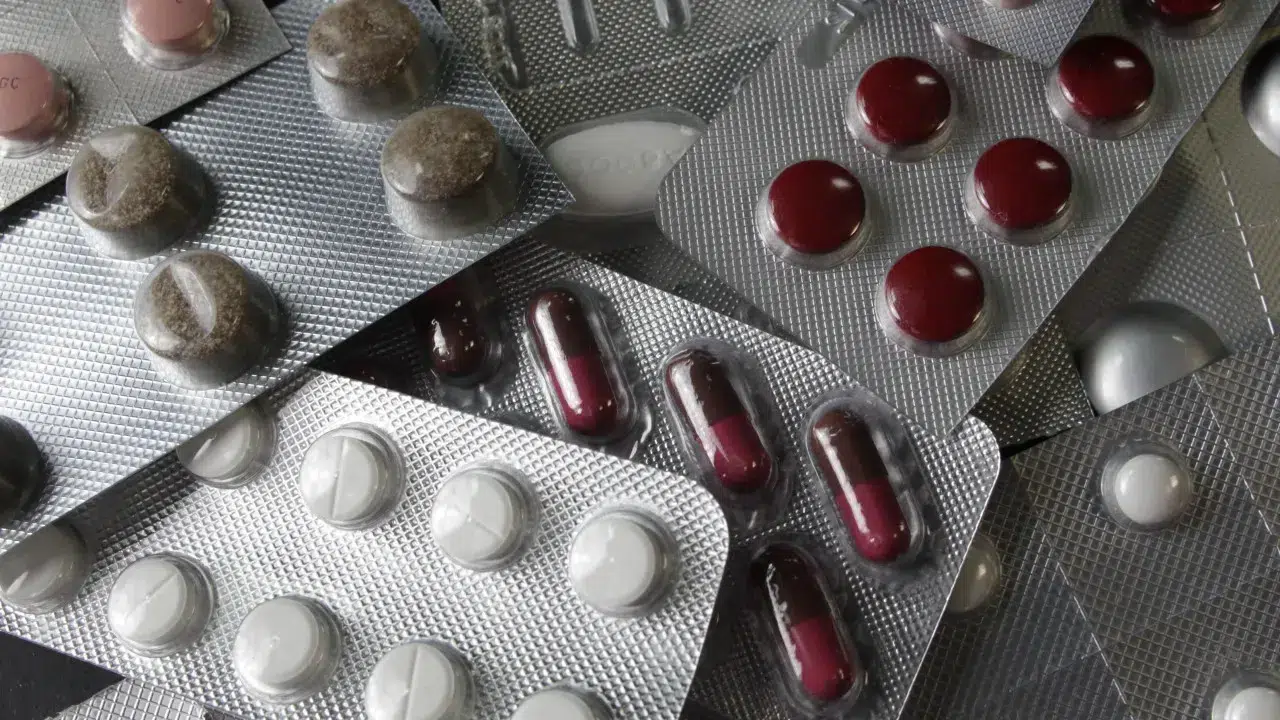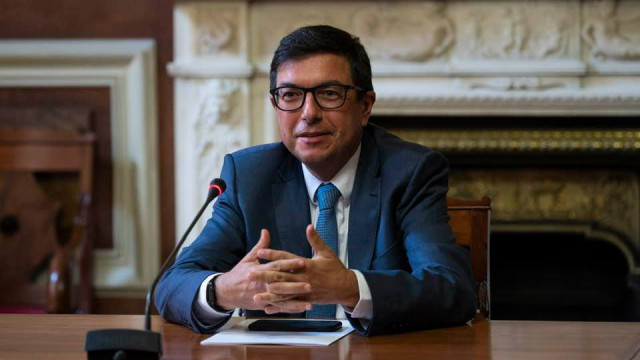
These are the conclusions of a study evaluating the effectiveness of SiNATS, established in 2015, which will be presented today at the conference “From the Past to the Future: The Revolution in Health Technology Assessment” in Lisbon, organized by Exigo Consultores, who conducted the analysis.
Jorge Félix, director of Exigo, stated that the aim of the study was to assess the system’s effectiveness against seven defined objectives: Maximizing health gains and improving the population’s quality of life, contributing to the sustainability of the National Health Service, and ensuring efficient use of public health resources.
Other objectives include monitoring technology use and effectiveness, reducing waste and inefficiencies, promoting and rewarding relevant innovation development, and promoting equitable access to technologies.
Overall, “the assessment is quite positive,” with many goals achieved, though there is room for improvement, particularly regarding evaluation times and public funding decisions for medicines which, as a rule, are too lengthy, exceeding 18 months in most cases.
“Unfortunately, the decision time of Infarmed and the Ministry of Health is excessively long, although there are some mechanisms that mitigate access, such as early access programs, yet it remains an area for improvement by the Ministry of Health,” he argued.
The study indicates that the median time between market authorization and public funding was 30.6 months for innovative medicines and 29.7 months for non-innovative ones.
It highlights that despite advances with SiNATS, “The number of decisions issued by Infarmed consistently falls short of the number of new medication authorizations by the EMA [European Medicines Agency], creating a growing mismatch between medications approved at the European level and those effectively accessible in Portugal.”
In terms of health expenditure, Jorge Félix stated that “it is controlled,” hovering around 6.5% of the gross domestic product.
Between 2012 and 2023, the NHS drug expenditure increased from about 2.2 million euros to about 3.6 million, but the proportion of public spending on medicines has remained stable, around 20%.
“This proportional stability, despite nominal growth, suggests sustainable management of public medicines expenditure,” the study notes.
Regarding equitable access to technologies, Jorge Félix stated that there is “a mixed situation.” Some indicators suggest advances, notably in orphan drugs for rare diseases.
However, in certain pharmacotherapeutic groups, such as oncology drugs, “there is a noticeable lack of access and equity,” he noted.
On the other hand, he emphasized, “there is some evidence” that the system has been effective in reducing waste and inefficiencies.
Since records began, 142 negative financing decisions have been issued, pertaining to 125 medicines. In 25% of cases, contracts were signed for 17 medicines, despite the negative decision.
The study justifies these acquisitions with the possibility of ‘off-label’ use or the continuation of early access programs authorized by Infarmed, highlighting that the budgetary impact of these situations is marginal compared to overall medicine expenses.
Regarding continuous technology monitoring, Jorge Félix said it was “a failed objective” that requires attention from the authorities.
“Life today is very fast-paced, everything changes. In terms of medicines as well, things evolve, not only do new alternatives emerge, but populations also have increasingly different needs, and the system must adjust and monitor the effectiveness of these technologies,” he asserted.
In terms of health gains, Jorge Félix highlighted the increase in life expectancy by about 0.7 years since SiNATS, especially among those over 65, except during the COVID-19 pandemic period, which had an unexpected impact.




